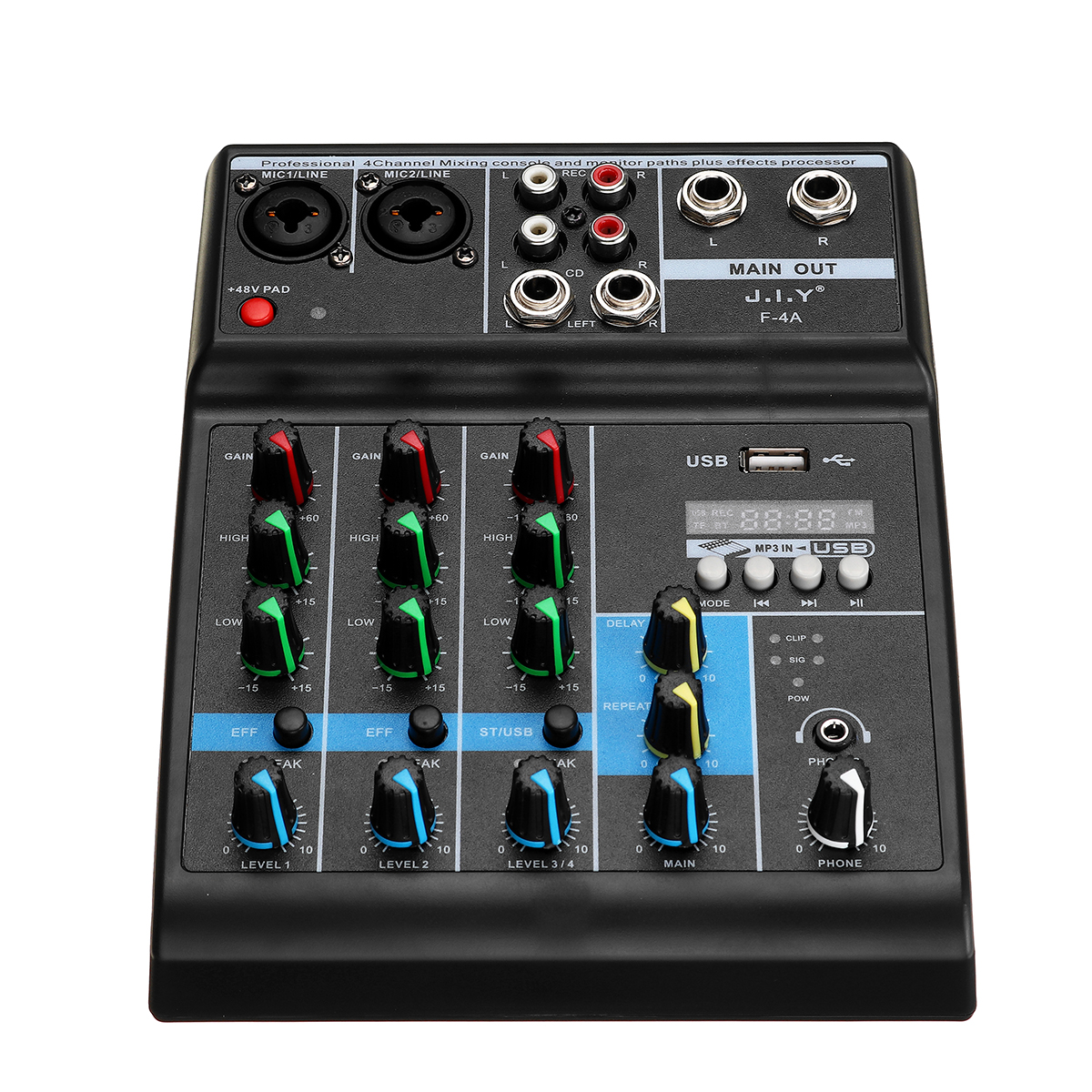


#EASY AUDIO MIXER 1.0.5 HOW TO#
1 illustrates how to integrate a home-theatre receiver into your surround-mixing system. Many companies make excellent receivers check out the offerings from Denon, Kenwood, Marantz, Pioneer, Sony, Technics, and Yamaha. You can also spend$1,000 to $1,500, or more, for a high-end receiver with time-delay correction (which compensates for speakers placed at different distances from the listener), calibration microphones(for automatically adjusting speaker levels), variable frequency bass-management filters, and other bells and whistles. In the studio, however, those inputs are perfectly suited for accepting the 6-channel output from the mixer or multitrack mixdown deck for monitoring purposes.īasic A/V receivers that provide 60W of amplification per channel can be purchased for less than $300. Those inputs are intended for the new DVD-Audio and SACD players, which have six analogue outputs. The best home studio mixers: analogue and digital mixing desks for beginners and prosįor project studios, it's important to use a receiver with six discrete analogue inputs. Many receivers also include preamp outputs, which let you use external amplifiers or powered speakers. More important for mix monitoring, all A/V receivers provide amplification for the five main channels, but few include an amplifier for the subwoofer, which means you'll need a powered sub. However, make sure that your receiver has both decoding types, just to cover your bases. In the studio, that conversion ability is important only for checking a file that has been encoded it is not used during the mixing process. All home-theatre receivers include Dolby Digital or DTS decoders (or both), which accept a digital bitstream from a suitably encoded disc in an appropriately equipped DVD player and then convert it to six audio channels. To monitor 5.1-channel surround music in your studio, you need five full-range speakers and one subwoofer, amplifiers for the speakers and subwoofer, a volume control with bass management, and a Dolby Digital/DTS decoder so you can check that the final surround encoding worked.įortunately, a modern home-theatre receiver (also called an A/V receiver) takes care of those major monitoring requirements (except the speakers and subwoofer) in one fell swoop.


 0 kommentar(er)
0 kommentar(er)
